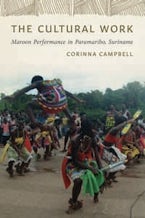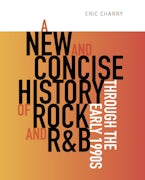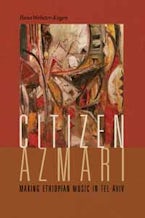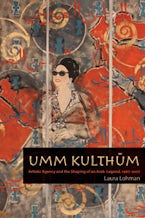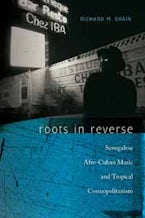- Home
- music
- social science
- The Seventh Stream

The Seventh Stream
The Emergence of Rocknroll in American Popular Music
Sales Date: 1992-12-01
460 Pages, 6.00 x 9.00 in
A cultural and social study of the origins and evolution of "rocknroll".
Philip Ennis presents a major social and cultural study of the origins and evolution of "rocknroll." With masterful command of general trends and telling details, he describes the artistic, economic, and political context that nurtured this radically new popular music. This "seventh stream," which drew from existing forms of pop music, began as a youth movement of rebellion and remains a worldwide banner of youth in search of alternatives.
"Rocknroll" emerged, he shows persuasively, from the successive meeting and melding of the other six "streams"—pop, black pop, country pop, jazz, folk, and gospel. He chronicles how these were shaped by struggles over musical property rights, and by the new technologies of radio and phonograph record.
The most decisive clash was between the New York based music publishers and the radio broadcasters. Their decades long contest resulted in many cultural changes. The basic unit shifted from sheet music to the phonograph record. The radio disc jockey in small, independent radio stations became the new focal point for all the popular musics. New venues, audiences, and talent appeared throughout the nation.
The appearance of "rocknroll" marked a significant cultural moment, argues Ennis. This "seventh stream" was part of an explosive efflorescence in all the American arts after World War II. Its early stars—Little Richard, Chuck Berry, Jerry Lee Lewis, and Elvis Presley—built a pantheon of performers with deep roots in all the other streams.
List of Figures and Tables
Acknowledgments
Introduction
Part One: Six Streams Assemble: 1900-1940
The Organization of Popular Musics
The Basic Struggle: Publisher against Broadcaster z8 Gospel, Jazz, Folk: Their Paths in Development
The Po Stream Leads It All to 1940 and the War
Part Two: Rocknroll Emerges: 1945-1965
Redesigning the Machine: The Disk Jockey Takes Over
The Streams Aligned
The Early Crossovers
The King and his Court
Part Three: Rock Matures: 1965-1970
The Industry Refuses, Then Accommodates
he Youth Movements
Rock
The Pause Point Continuum
Notes
Bibliography
Index
PHILIP H. ENNIS is Professor of Sociology Emeritus at Wesleyan University. Author of numerous studies on the arts in their social and legal contexts, he has served as consultant to the American Library Association, CBS, and The National Endowment of the Arts.
"[A] solid, extensive, well-researched history of rock music."
~Library Journal
"This is the landmark text on a basic element of 20th century American popular culture—rock and roll—that we have long awaited The brilliant distillation of a life of thought and insight, [it] is destined to become a classic in American studies."
~Robert Farris Thompson, Yale University
"The landmark text on a basic element of 20th century American popular culture—rock and roll—that we have long awaited . . . The brilliant distillation of a life of thought and insight, [it] is destined to become a classic in American studies"
~Robert Farris Thompson

